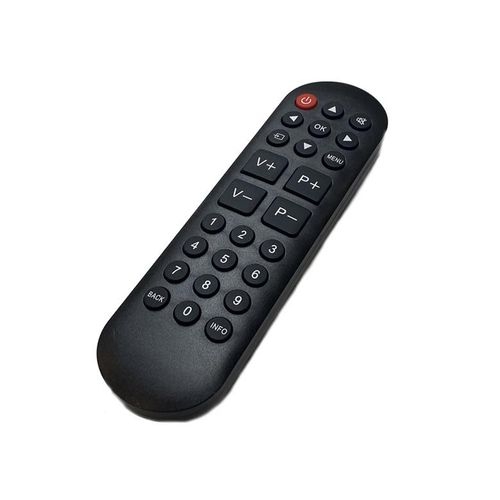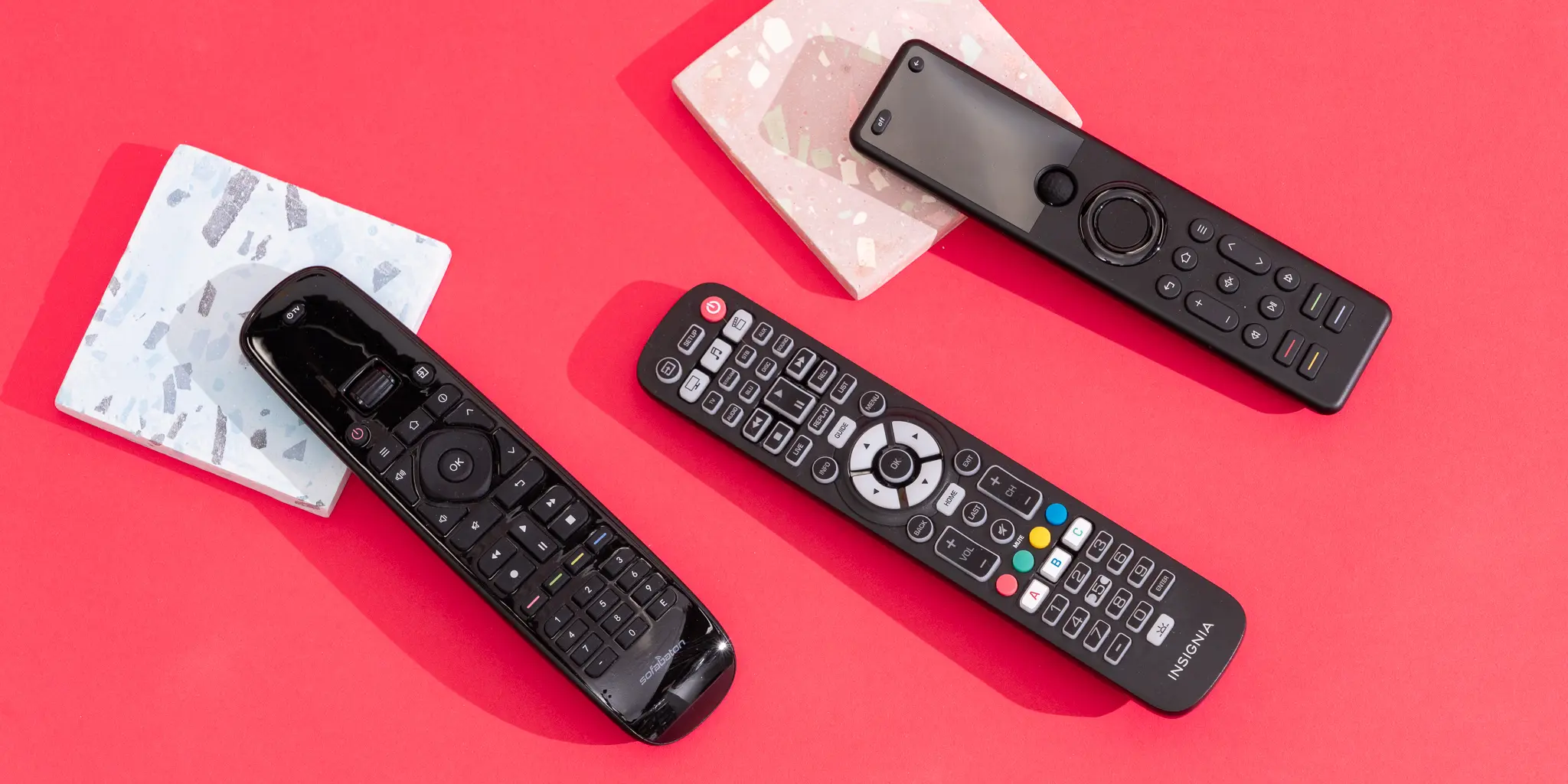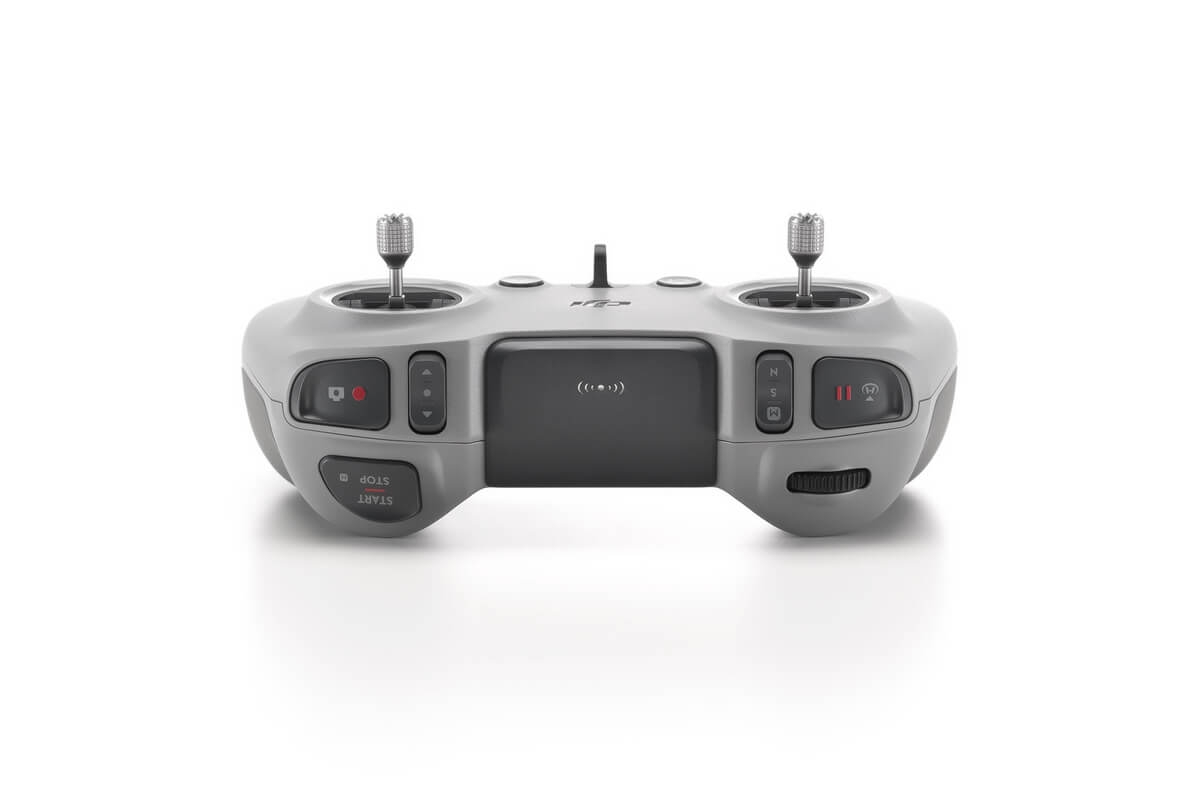Távirányító: Forradalmasítja a modern kényelmet és csatlakoztathatóságot
Az okostechnológia és az összekapcsolt eszközök korában a „távirányító” fogalma túllépett a hagyományos meghatározásán. A távirányító már nem korlátozódik egyszerű tévétávirányítókra vagy garázskapu-nyitókra, hanem kritikus kapcsolódási pontot jelent az emberek és az okosotthonok, ipari rendszerek, egészségügyi eszközök és akár önvezető járművek bővülő ökoszisztémája között.
A távirányító technológia fejlődését a vezeték nélküli kommunikációs protokollok, például a Bluetooth, a Wi-Fi, a Zigbee és az 5G fejlődése ösztönözte. Ezek a technológiák lehetővé tették a felhasználók számára, hogy gyakorlatilag bárhonnan kommunikáljanak az eszközökkel, példátlan kényelmet és kontrollt kínálva. Például egy háztulajdonos most már okostelefon-alkalmazásból állíthatja be a világítást, a biztonsági rendszereket és a hőmérséklet-beállításokat, míg egy gyárfelügyelő valós időben, kilométerekről figyelheti és finomhangolhatja a berendezések működését.
A távirányítás az egészségügy alapvető elemévé vált, különösen a telemedicina és a viselhető eszközök térnyerésével. A krónikus betegségben szenvedő betegek távolról is megfigyelhetők, és személyes látogatások nélkül módosíthatók az ápolási rendjük. Ez javította a betegek eredményeit, csökkentette a kórházi látogatásokat, és növelte az egészségügyi rendszerek általános hatékonyságát.
A szórakoztatóelektronikai iparban a mesterséges intelligencia távirányító rendszerekbe való integrálása újraértelmezi a felhasználói élményt. A hangasszisztensek, mint például az Alexa, a Google Assistant és a Siri, ma már be vannak ágyazva a távirányító felületekbe, lehetővé téve számos eszköz intuitív, kéz nélküli kezelését. Eközben a játékok és a virtuális valóság alkalmazások továbbra is feszegetik a tapintható és haptikus visszajelzés határait, magával ragadó távoli élményt nyújtva.
A távirányítású technológiákra való növekvő támaszkodás azonban aggályokat is felvet a kiberbiztonság és az adatvédelem tekintetében. A csatlakoztatott eszközökhöz való jogosulatlan hozzáférés komoly kockázatokat jelent, különösen olyan kritikus ágazatokban, mint a védelem, az energia és az infrastruktúra. Ennek eredményeként a fejlesztők jelentős összegeket fektetnek be titkosításba, többtényezős hitelesítésbe és behatolásérzékelő rendszerekbe a távoli interfészek védelme érdekében.
A jövőben a távvezérlési technológia várhatóan tovább fog fejlődni a mesterséges intelligencia, a gépi tanulás és a peremhálózati számítástechnika integrációjával. Ezek a fejlesztések nemcsak a távoli rendszereket teszik reszponzívabbá és személyre szabottabbá, hanem prediktív döntéshozatalra is képesek lesznek, ami az autonóm vezérlés új korszakát nyitja meg.
Összefoglalva, a „távirányító” sokkal többé vált, mint egyszerű kényelem – a modern élet sarokkövévé, amely mélyen beágyazódott mind a személyes, mind a szakmai életünkbe. Folyamatos innovációja alakítani fogja azt, ahogyan a világgal kapcsolatba lépünk, intelligensebb, biztonságosabb és zökkenőmentesebb élményeket kínálva.
Közzététel ideje: 2025. június 8.






